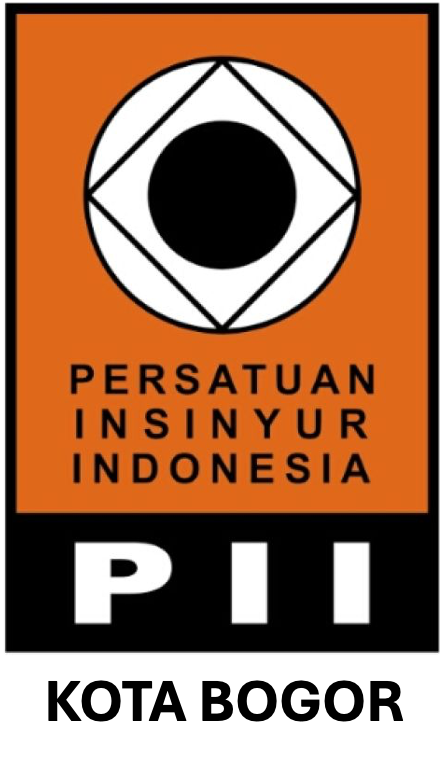Analisis Kinerja Rencana Bundaran dengan Pendekatan Simulasi Mikro
Abstract
Urban road network typically consists of many intersections which commonly lead to traffic problems. In relatively low traffic, a simple priority intersection will be sufficient and lead no traffic problem without necessarily implement traffic lights, roundabout or others. In an urban area where traffic demands are high, intersections need to be treated with an accurate traffic engineering approach. There are many different approaches to reduce the traffic problem in intersection including traffic light, roundabout, or interchange. Cimahpar Raya street and Indobaso intersections are urban areas in Bogor city with the high demand for transportation and often having a congestion problem in peak hour. The Office of Public Works and Spatial Planning (PUPR) of Bogor city plans to develop and change the Indobaso intersection to be a roundabout, while also increasing the lane width of the approaching roads. This study was conducted to assess the performance changes of the Indobaso intersection improvement by developing a traffic model of the intersection. The planned roundabout and lane width improvement significantly reduce the traffic delays by 90,07%, reduce travel time by 51,76%, improve average speed by 83,77%, and reduce the traffic density by 88,54% compared to the current condition of the intersection which lacks required lane road width and maneuver area.
Key words: urban road, intersection, traffic model
Downloads
Authors who publish with Jurnal Teknik Sipil dan Lingkungan, JSIL agree to the following terms:
a. Authors retain copyright and grant the journal right of first publication with the work simultaneously licensed under a Creative Commons Attribution License that allows others to share the work with an acknowledgment of the work's authorship and initial publication in this journal.
b. Authors are able to enter into separate, additional contractual arrangements for the non-exclusive distribution of the journal's published version of the work (e.g., post it to an institutional repository or publish it in a book), with an acknowledgment of its initial publication in this journal.
c. Authors are permitted and encouraged to post their work online (e.g., in institutional repositories or on their website) prior to and during the submission process, as it can lead to productive exchanges, as well as earlier and greater citation of published work (See The Effect of Open Access).











